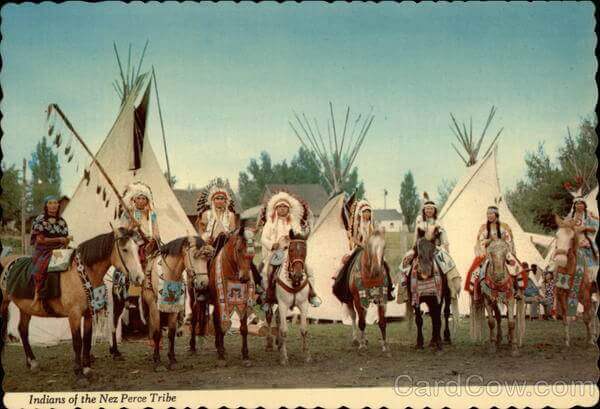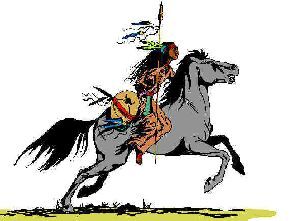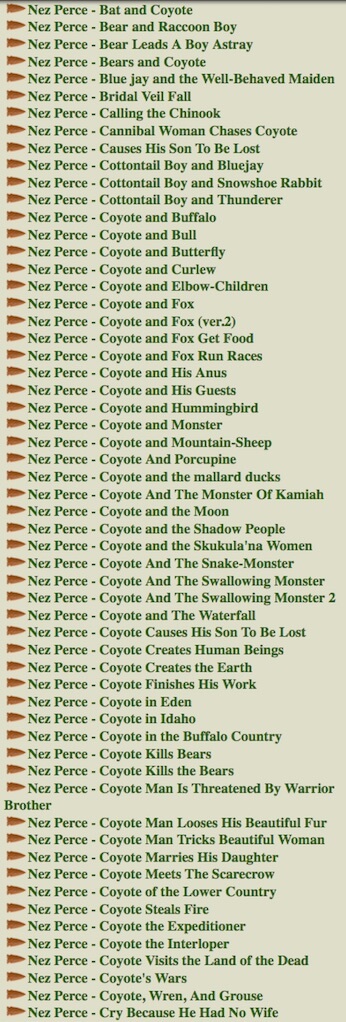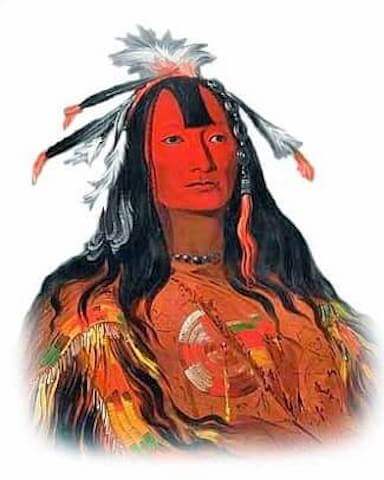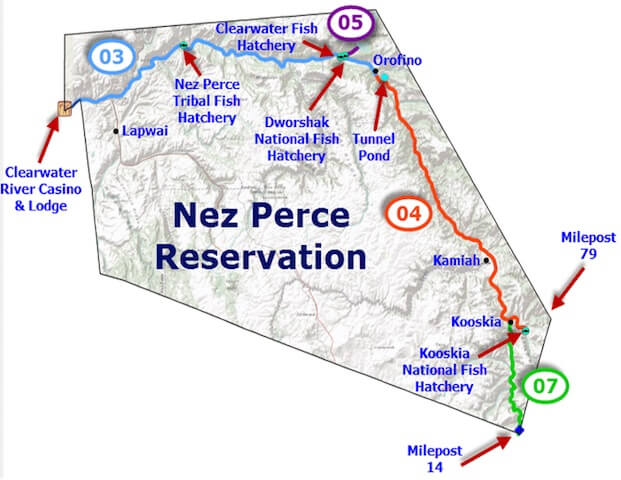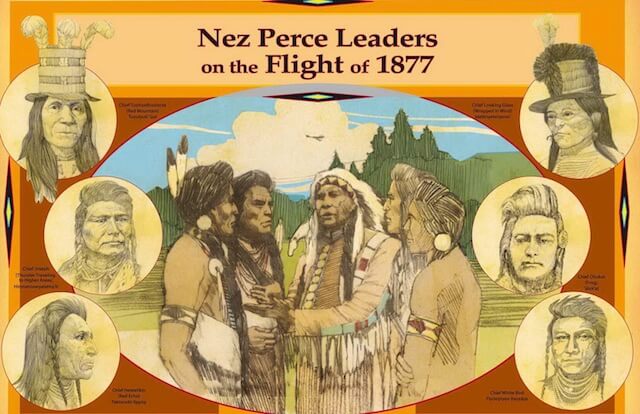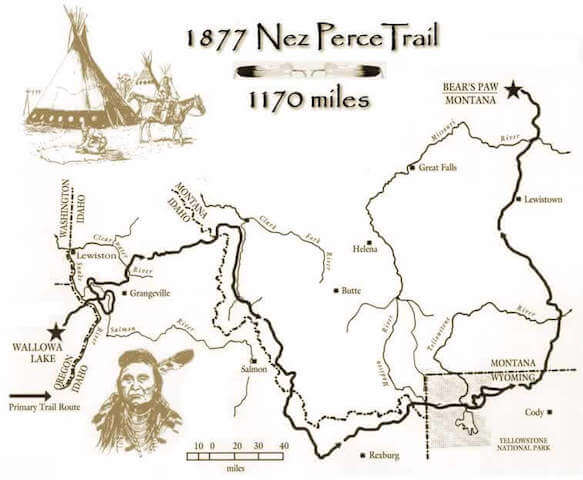To view this page in another language, please click here:
Nez Perce
Literature
"m_lac "_te tit_qan nim_pu
hiw_ke waq_pa"
(A long time ago, the Nimipu people were not many
in number)
Chief
Joseph's Home Page
Hin-mah-too-yah-lat-kekht has spoken.
The Chief Joseph Foundation
P. O. Box 413
Lapwai, Idaho 83540
Contact: Bonnie
Ewing at (208) 843-7175.
It is time that the newcomers to this country
started paying proper respect to the elder status of the first nations."
Otis Halfmoon, Nez Perce
"The earth is our mother. She should not be disturbed by hoe or plough. We want only to subsist on what she freely gives us."
"Every animal knows more than you do. White men have too many chiefs. Learn how to talk, then learn how to teach."
An elder Nez Perce woman expressed the heartfelt Nez
Perce distress:
"...we were fools and the white man's lies made us
more foolish."
White Bird's sentiments were similar,
"A white man must have no respect for himself. It
makes no difference how well he is treated by the
Indians, he will take the advantage."
Stories
Coyote and the
Monster of Kamiah
Also on National Park
Service site
Other Nez Perce Home Pages
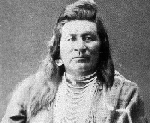
Appaloosa
Horse
Chief
Joseph's Surrender Speech
Flight
of
the Nez Perce
Land
of the Nez Perce
Nez
Perce Archive Photography
Nez
Perce Bibliography
Nez
Peirce
Information & Education
Nez
Perce Tribal Executive Committee Directory
For more information about the Nez Perce, please contact:
Leigh Pond, member of the Nez Perce Tribe.
The Nez Perce Tribe of Idaho
P.O. Box 365
Lapwai, ID 83540
(208) 843-2253
Nez Perce National Historical Park
P.O. Box 93
Spalding, ID 83551
(208) 843-2261
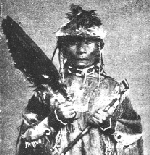
consisting of nine members elected by the Tribal General Council.
Nez Perce Tribal Executive Committee
P.O. Box 305
Lapwai, ID 83540
To contact Nez
Perce Tribe Executive Committee
you can email them at: NPTEC@nezperce.org
|
OFFICE
|
MEMBER
|
TERM
EXPIRES
|
|
Chairman
|
May 2015
|
|
|
Vice-Chairman
|
May 2014
|
|
|
Secretary
|
May 2016
|
|
|
Treasurer
|
May 2014
|
|
|
Asst.
Sec./Treasurer
|
May 2014
|
|
|
Chaplain
|
May 2016
|
|
|
Member
|
May 2015
|
|
|
Member
|
May 2015
|
|
|
Member
|
May 2016
|

